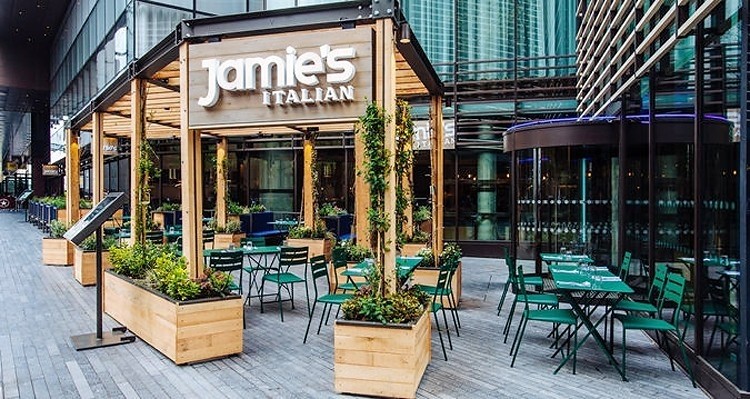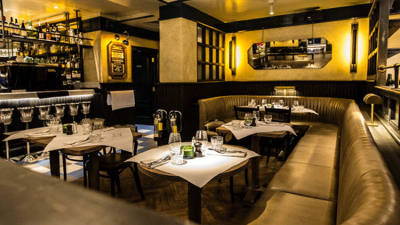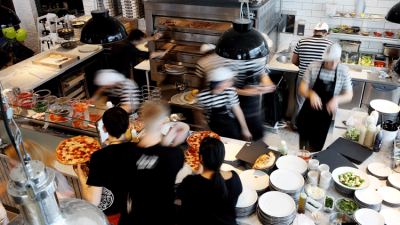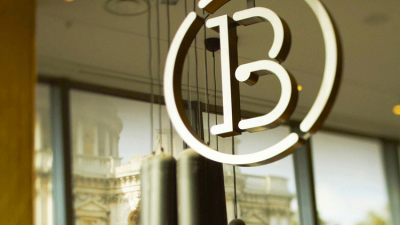Jamie Oliver Restaurant Group saw £1.6m business rates hike

The total bill for the chef’s restaurants across the UK rose from £5.7m to £7.3m, with rates at its Brighton site up 154%.
Rates at Jamie’s Italian Cheltenham – which closed last year - rose 80%, while its Guildford site saw a 78% increase.
The news comes after Oliver put his two Barbecoa steakhouse restaurants in London up for sale earlier this month as part of a ‘comprehensive review’ of the business. The group also pulled out of opening a third site, at the Nova Victoria development, last year.
Oliver has already closed 13 of his Jamie’s Italian restaurants as part of a Company Voluntary Agreement (CVA), though the Brighton and Guildford sites continue trading.
On 1 April 2017 business rates were reassessed for the first time in seven years to align them more closely with current property values, which left many restaurant operators facing huge hikes in their bills.
Colliers research shows that the Byron burger chain saw its total bill rise 40% to £10.63m as a result of the changes. The group is set to shut up to 20 sites after voting in favour of a CVA on 31 January.
Prezzo - which last month called in advisors to consider its options - saw business rates rise 23% to £15.9m, with increases of over 100% at some of its London restaurants.
The total bill at Raymond Blanc’s Brasserie Bar Co increased 12%. CEO Mark Derry said last month the business is still aiming to reach 59 sites by 2022, despite 'industry challenges'.
“Many companies are now asking their landlords for a reduction in rent as the physical costs of running a property become an increasing burden,” says John Webber, head of business rates at Colliers.
“Business rates are playing their part in the difficulties as some of the massive rises for particular restaurants show, particularly those in London.
“As for the high street, many former void retail units were taken up by restaurants, and if this sector is now finding the current environment tricky, one wonders about what the high street is going to look like going forward.”


























